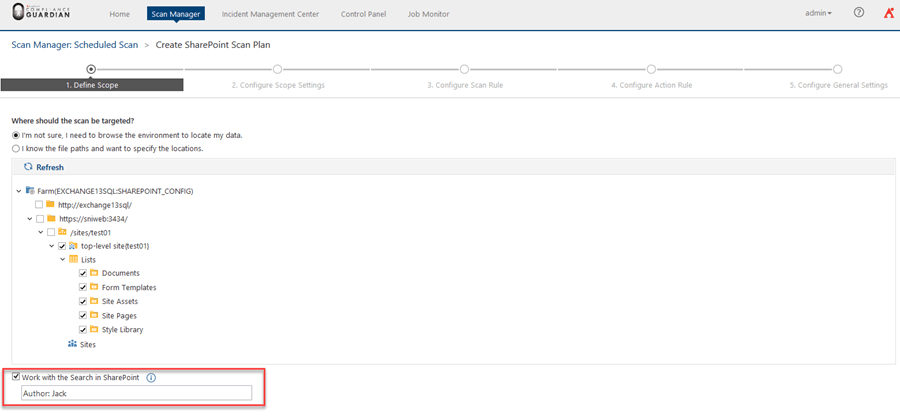GDPR Compliance Guide: Finding Data Related to Right To Be Forgotten Requests


Are you having trouble getting caught up with the new GDPR? Our free on-demand webinar “How to Use APIA As Part of Tech Ecosystem For GDPR Compliance” might be able to help!
We all know how difficult filtering through large swaths of data for specific content can be. This issue is especially crucial given the recently-implemented “Right to be Forgotten” requirement in the EU GDPR regulation. GDPR declares that the data subject shall have the right to erase personal data related to them.
This requirement has left organizations scrambling to figure out how to sort through their databases for customer-specific data. Typical eDiscovery solutions aren’t cutting it when it comes to effectively filtering and identifying information.

Enter: Compliance Guardian. The latest version introduced search-based scope, a whole new discovery method to help tackle large volumes of data. This new feature allows Compliance Guardian to utilize existing full text index query to quickly locate targeted data. The tool then proceeds with content analysis and classification. This powerful new discovery method will be a major benefit in the fight to achieve GDPR compliance.
How It Works
Search-based scope can be found in Compliance Guardian on the same page where the main scope is specified (see below).

Search-based scope is defined as a refiner of the main scope. For example, if the main scope selected is Web Application 1, and the search condition is John.Smith@contoso.com, a SharePoint index query based on the search condition (John.Smith@contoso.com) will be used to find all the objects under the main scope.
Compliance Guardian then works on the search result object collection the same way it normally would. It performs a pre-search to determine which site collections are involved in the backend, then uses a load-balancing mechanism to process these site collections in parallel with multiple agents.
Finally, no more searching for a needle in a virtual haystack of data!

This new method uses SharePoint index as a dependency. A few extra considerations to keep in mind are :
- The search index of the data source needs to be ready before using this feature. SharePoint On-Premise specifically needs a Search service application to be configured on the web apps containing the site collections to be scanned.
- Standard SharePoint Keyword Query Language (KQL) syntax is supported in Compliance Guardian. This makes it possible to create more flexible search conditions.
- It’s best to refine the search conditions in SharePoint before specifying it in Compliance Guardian. Taking advantage of SharePoint’s search interface will offer a richer search experience.

Streamlining GDPR Compliance
A recent proof of concept featured a company with a staging environment comprised of 1TB of SharePoint data. They wanted to find about 20 documents related to a client and redact important pieces of information about him. It took the newly-updated Compliance Guardian three minutes to locate and act on retrieving those documents from a 1TB dataset. This would’ve easily taken the older version of Compliance Guardian and other eDiscovery tools up to a few days retrieve.
This new search-based-scope capability will be a major asset to companies serious about achieving GDPR compliance. No longer will you have to spend valuable time and resources sorting through tons of data you never thought you’d have to organize. Compliance Guardian’s newest update makes it easier than ever to fulfill “Right to be Forgotten” requests.
Want more key technical info from our Office 365 experts? Click here to subscribe to our blog.

George Wang brings more than 20 years of experience in software architecture and design – focusing on data protection, disaster recovery, archiving, database, storage, and large-scale distributed enterprise application systems – to his role as Chief Architect at AvePoint. George designed and created AvePoint’s award-winning platform recovery, replication, and storage management products as well as NetApp SnapManager for SharePoint, which features deep integration with AvePoint’s DocAve Software Platform. George holds a Master’s Degree in Electrical Engineering from Tsinghua University and currently resides in New Jersey.


